In her work at a large academic medical center, Dr. Jooner does not raise the topic of religion or spirituality with families unless the situation is dire. It is when death is imminent or ''you're looking at a chronic disability'' that she'll ask a family "if they have some kind of faith that could help them. Would they like the chaplain to come?"
"People, staff included,'' she told me, ''really appreciate having somebody around,'' in such situations.
Elizabeth, the chaplain assigned to the unit where Dr. Jooner works, is present when patients die and at other times, becoming, in her words, "part of people's life journeys," even if only for a few minutes. She speaks with patients and families. Sometimes she prays or conducts rituals, ranging from traditional baptisms to non-denominational blessings over the hands of staff. It is presence, her touch, and a broader, more holistic perspective that Elizabeth sees herself bringing to the situation.
Surveys suggest that physicians (more than 90 percent) are satisfied with their work with chaplains, though one-third of hospitals do not have chaplains and little is known about how they actually work together. Many patients know little about who chaplains are or what they do -- thinking maybe about Father Mulcahy, the chaplain from M.A.S.H., or Julia Dupree, a chaplain who had a brief stint on ER five years ago. Today's hospital chaplains are different from those historically and are trained -- through masters degree programs and in supervised internships -- to work with patients and families from a range of religious and spiritual backgrounds, including none, in our multi-faith American context.
I shadowed and interviewed physicians and chaplains at large academic hospitals learning how they see each other and work together. While some physicians -- especially those caring for severely-ill patients and their families -- work regularly with chaplains, others do not know who the chaplains are or how to contact them. Some of this oversight results from physicians not learning about religion, spirituality or chaplaincy in their training, while other pieces result from hospitals not fully staffing chaplaincy departments, not hiring professionally-trained chaplains (and instead relying on volunteers), and/or not requiring chaplains to work as part of interdisciplinary health care teams.
When physicians and chaplains do work together, it is frequently in cases involving complex emotional issues and/or end-of-life situations. While some physicians think chaplains just provide end-of-life rituals, others see that chaplains can be more helpful when they get involved with a patient and family early in their care and have time to get to know them and their situation. While physicians emphasize the tasks chaplains do, chaplains emphasize the perspectives -- related to wholeness, presence and healing -- they bring to individual patients and hospitals at large. "Whole people come into hospitals, and not just livers and kidneys and lungs, and part of what goes on in health care today takes absolutely every flat-out damn resource the person has if there's going to be healing and thriving as opposed to simple medical curing and recovery," one chaplaincy director explained. "I think there's a real need to hold people in crisis, and we have the unique position and privilege to do that," said another. "We don't provide answers ... we provide companionship ... there's a kind of freedom to be with a person as opposed to having to accomplish something."
Chaplains believe their work facilities healing though a not-necessarily-physical cure. Sometimes people think, one chaplain explained, "chaplains sprinkle magic water or say special prayers and believe that that's going to bring God's attention to this patient who is going to send down a thunderbolt to cure the patient. There are all kinds of problems with that model." Instead, most chaplains speak about the healing power of connection, relationships and human support they offer in their work with patients, families and some health care staff. While they sometimes see people from their own religious backgrounds, growing numbers work as interfaith chaplains, privileging human connection and aiming to transcend religious and spiritual differences.
The tasks physicians see chaplains perform and the perspectives chaplains describe themselves bringing to health care are not contradictory but differ in emphasis and language. It is essential for hospitals to better understand these differences as they consider recent studies, which show that large numbers of patients -- including those with advanced cancers -- are not getting the spiritual or religious care they desire from the medical system or their religious or spiritual communities and decide how to respond.
For more by Wendy Cadge, click here.
For more on spiritual development, click here.